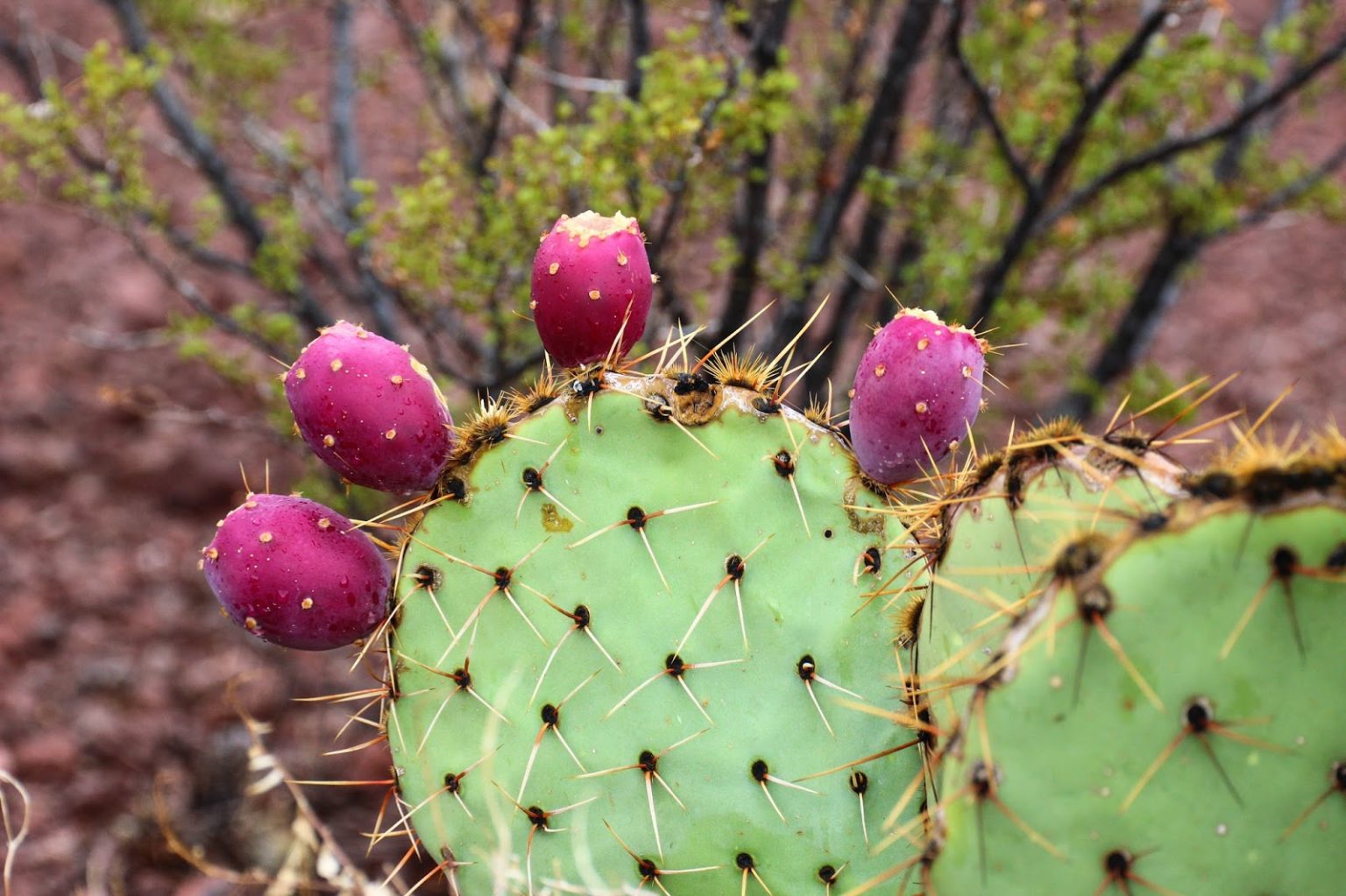As an avid gardener and nature lover, I’m always intrigued by the diverse structures and adaptations of plants. One aspect that fascinates me are the prickly parts found on some plant species. In this article, I’ll provide an overview of these prickly plant parts their function and some interesting examples.
What Are the Prickly Parts of Plants?
Plants have developed special parts like thorns, spines, and prickles that protect them physically and mechanically from animals that eat plants. These prickly growths may look alike, but in botanical terms they are called different things:
-
Thorns – Derived from stems and shoots They are modified branches that may be branched and contain vascular tissue Examples are found in citrus trees and hawthorn shrubs,
-
Spines: Made from petioles, stipules, leaves, or parts of leaves Spines grow from the plant’s epidermis and have vascular bundles inside them. Cacti are well known for their dense covering of spines.
-
Prickles – Outgrowths of the epidermis and cortex. They don’t have any vascular tissue and are easy to pull away from the plant. Rose bushes have prickles on their stems.
-
Trichomes – Hair-like structures on the epidermal surface. Some trichomes are stiff and spine-like such as those found in stinging nettles.
The Protective Purpose of Prickles
The main function of prickly structures is to deter herbivory. They protect the plant from animals and bugs that want to eat it by being mechanical and physical. Some specific benefits include:
- Creating a barrier against larger grazing mammals like deer or livestock
- Protecting parts of the plant most vulnerable to damage like stems, leaf tips or seed pods
- Deterring small insects and arthropods from eating leaves and accessing pollen
- Providing shade and insulation in extreme heat or cold
- Reducing water loss in dry environments
The prickles are very effective at inflicting discomfort and pain. Just brushing up against a thorny rose stem can be a prickly reminder to animals to avoid grazing that plant!
Morphological Diversity of Prickly Plants
Not all prickly plants are created equal. There is huge variation in the morphology and anatomy of the thorns, spines, and prickles between plant groups. Some examples of this diversity include:
-
Simple or branched woody thorns – Seen in hawthorn and citrus trees
-
Spiky inflorescences – Found in succulents like Tylecodon
-
Spinescent leaf margins – As in holly leaves
-
Spine-tipped leaf apex – Certain aloe and agave species
-
Clustered prickles on stems – Located on roses and raspberries
-
Stinging hairs on leaves and stems – Like stinging nettle and jewelweed
-
Glochids – Tiny, hair-like spines of cacti that easily detach
This variation in prickly plant parts spans growth form, habitat, climate, taxonomy, and functional strategy. The convergent evolution of diverse prickly structures illustrates how effective they are for plant defense across many plant families.
Prickly Plants in Gardening and Landscaping
Some thorny plants make excellent choices for gardens, yards, and outdoor living spaces. Strategically planting prickly bushes or cacti can help define boundaries, provide privacy screening, and deter trespassers. Some options I like to use include:
-
Pyracantha – An evergreen shrub with sharp thorns used in hedges
-
Barberry – A prickly foliage bush that offers color and texture contrast
-
Roses – Varieties with prickly stems add beauty and provide a living fence
-
Agave – Spiny succulent for low-water sites with striking architectural form
-
Osage orange – Trees with thick, sharp thorns to guard a perimeter
-
Holly shrubs – The pointed leaves make a prickly barrier when planted together
Proper placement and pruning is important when incorporating prickly plants into garden design. But when used correctly, they can beautify the landscape while offering protective benefits.
As you can see, the prickly parts of plants showcase some incredible examples of specialized structures in the plant kingdom. Paying closer attention to thorns, spines, and prickles reveals the amazing diversity and adaptions found across different plant species. Whether you love them or hate them, these prickly protrusions play an important role in the defense, survival, and ecology of the plants that wield them.

Best answers for Prickly plant: advertisement advertisement
| Rank | Length | Word | Clue |
|---|---|---|---|
| 98% | 5 | BRIAR | Prickly plant |
| 98% | 6 | TEASEL | Prickly plant |
| 98% | 5 | GORSE | Prickly plant |
| 98% | 6 | CACTUS | Prickly plant |
| 98% | 7 | THISTLE | Prickly plant |
| 98% | 7 | BRAMBLE | Prickly plant (7) |
| 98% | 10 | LOGANBERRY | Prickly plant |
| 98% | 5 | BRIER | Prickly plant |
| 98% | 6 | NETTLE | Prickly plant |
| 98% | 5 | HOLLY | Prickly plant |
Prickly Pear Cactus experiment trying to propagate and it’s working! Love a garden experiment
FAQ
What is the prickly plant part of the NYT?
Prickly plant part
The answer is bur.
What are the prickly things on plants?
Prickles are short, sharp, woody projections that are derived from a plant’s skin (epidermis) tissue, which is the single layer of cells covering the leaves, flowers, stems, and roots of certain plants.
What is the sharp part of a plant called?
Spine: a firm, slender, sharp-pointed structure, representing a modified leaf or stipule (a stipule is an appendage found at the base of a petiole, i. e. , at the base of a leaf’s stalk). Prickle: a sharp outgrowth from the epidermis or bark. Thorn: a stiff, woody, modified stem with a sharp point.
What is another word for prickly plant crossword clue?
| Rank | Length | Word |
|---|---|---|
| 98% | 5 | GORSE |
| 98% | 6 | CACTUS |
| 98% | 7 | THISTLE |
| 98% | 7 | BRAMBLE |
